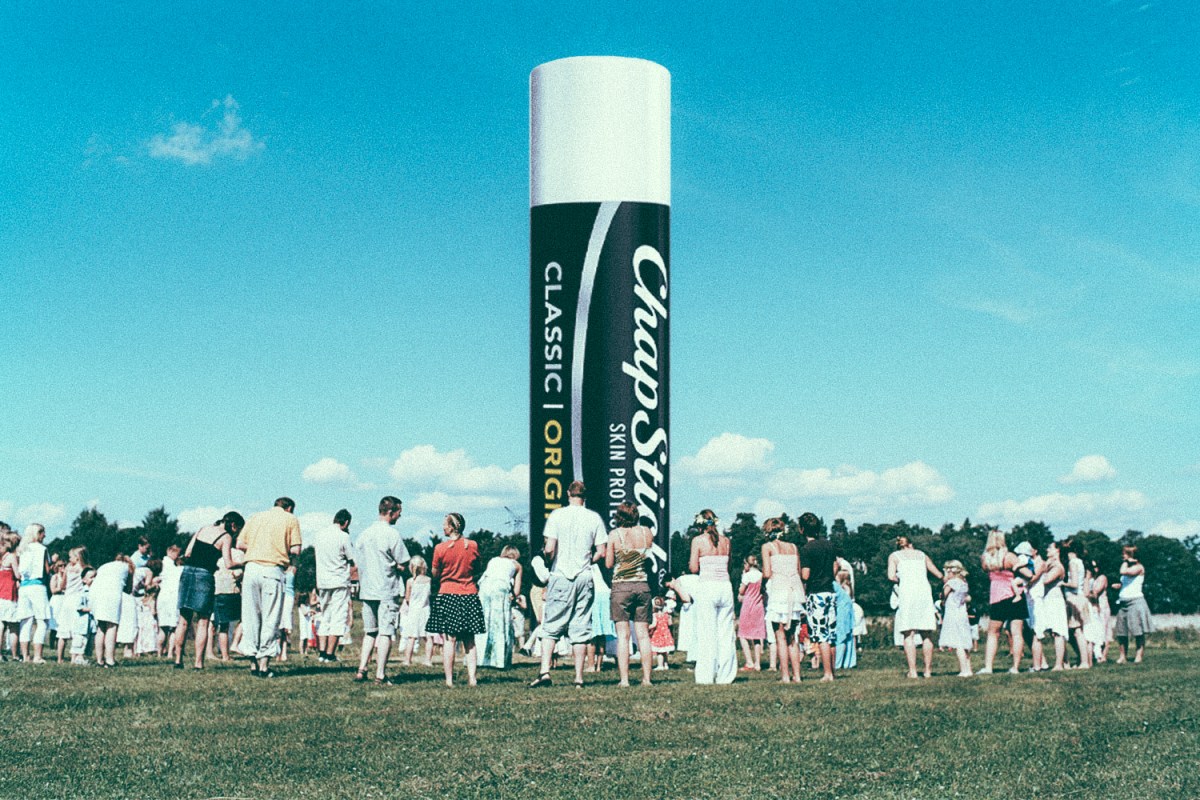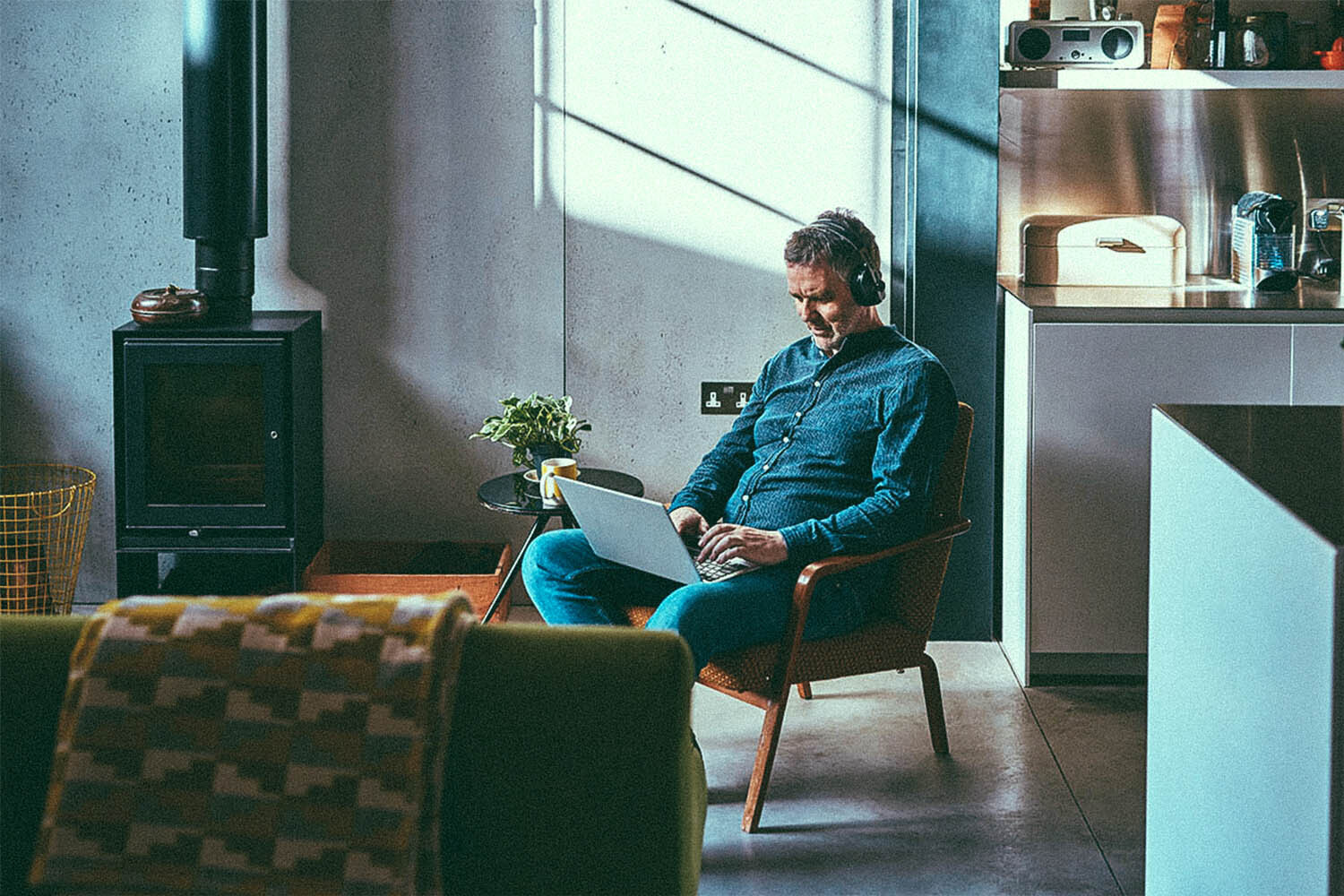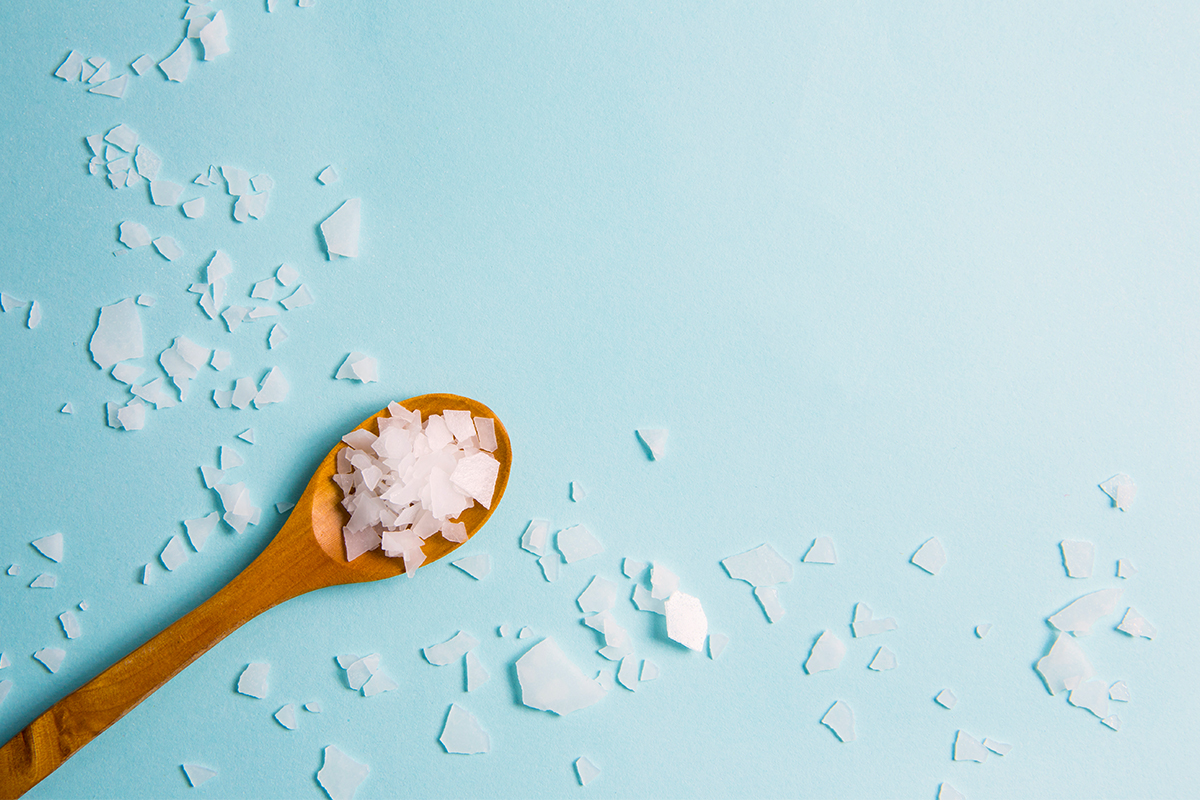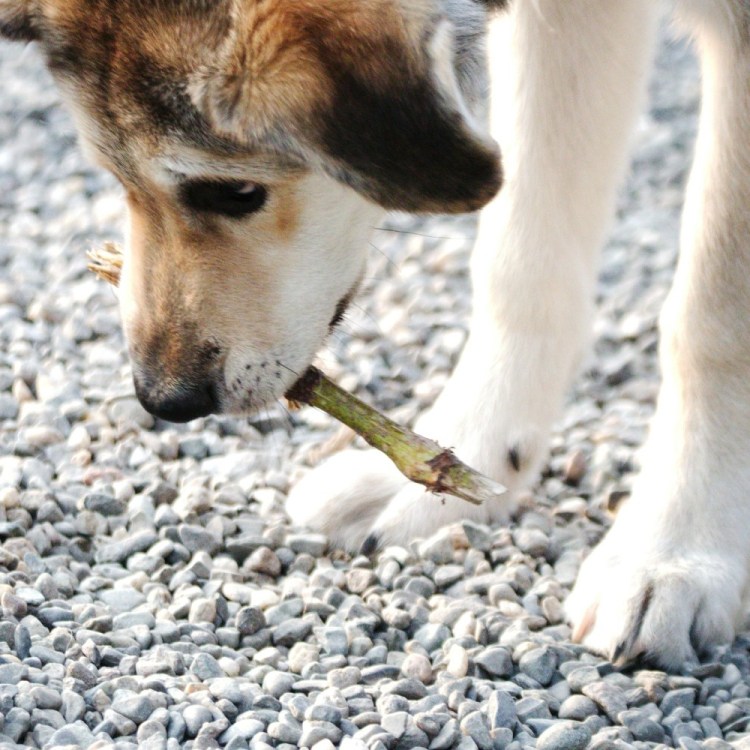At least once a day, I put my ChapStick down somewhere really stupid.
Earlier this week, I reentered my bedroom, post-shower and ready for bed, and I reached toward the tube’s usual place on the nightstand. No dice. It wasn’t in its second or third-most likely locations, either. So, of course, I elected to spend six or seven minutes ripping cushions off couches and peering under dressers. When it became clear my quest was hopeless, I applied a dab of under-eye cream to my lips, deciding the consistency had a somewhat similar thickness, and tucked in to my bed. According to my sleep app, it took me longer to doze off than usual.
In that comeback musical-comedy tour Adam Sandler did a few years back, he has a ridiculous rap about making sure to remember his phone, wallet and keys before leaving the house. It’s called “Phone Wallet Keys.” I remember thinking he was missing something. For a decade now, I’ve regarded lip balm with the same reverence I hold for my most-irreplaceable items. That’s despite the fact that a stick of the stuff costs less than two dollars and is available at every corner store and gas station in the country.
I eventually found my ChapStick. It was sitting in on top of the dryer. I have no clue why it was there. But I do know that this song and dance will repeat itself. I’ll misplace it, or accidentally let it melt in the car, or actually finish one (low-key very difficult to do), and won’t have a replacement ready. In the past, at times, my solution has been to buy a supply in bulk and put tubes in strategic locations. Lately, though, I’ve been wondering: How did I even get into this cycle? Does it have to continue? Am I addicted? Are there others out there in the same situation?
The answer — to that final question, at least — is a resounding yes. The concept of regularly applying ChapStick, or another popular balm like Burt’s Bees or Blistex (similar to Band-Aid or Aspirin, ChapStick often functions as a proprietary eponym), has a legion of willing worshippers. And those who do so are a self-aware, somewhat unapologetic bunch. Go to Twitter and type in “chapstick addiction.” You’ll find years of devotees shouting about their habit from the mountaintops. Reaching for a tube every 12 minutes isn’t embarrassing, exactly. It’s more of a quotidian quirk, a harmless, zany, sitcom-esque characteristic.
I recently made online inroads with members of the “cult of ChapStick.” It wasn’t too difficult to infiltrate their ranks. After all, I’m one of them. They all have their own stories. A chief medical officer from Ohio told me she’s used it consistently since the second grade. An avid cyclist keeps more tubes handy on long rides than bike repair tools. An owner of a greeting cards company officially stopped picking at his lips once he committed to ChapStick. An engagement ring consultant hoarded tubes the way the rest of us did toilet paper at the start of the pandemic. And a homesteader in Austin has an ongoing “agreement” with her husband, who isn’t part of the cult. She wipes her lips before giving him a kiss, then immediately reapplies.
It’s ultimately unclear whether an “addicted” individual is actually interested in curbing his or her addiction. Consider: people have been Googling the search phrases “addicted to chapstick,” and “chapstick addiction” pretty consistently for five years now. It’s out there. People know. Not to mention, it’s just difficult to go on ChapStick auto-pilot for years on end. Phone-addicted persons, for instance, might be able to get away with over 100 pick-ups a day — but that’s because we’re all putting up egregious screentime stats. When the never-ChapStick-ers see you reaching for your tube all day, though, they’re likely to make a thing of it eventually.
Still, that clearly hasn’t deterred the market. The most popular lip balm now is actually Burt’s Bees. It sells at an astonishing clip: roughly one every second. That adds up to over 30 million units a year, and near $150 million in revenue.
Over the years I’ve had family, girlfriends and colleagues all point out that I’m always strapping. Historically, I go with the blue-branded ChapStick, which is technically an “Original,” so it has no flavor, but I’d liken it to a butterscotch-coconut mix. In a pinch I’ll ride with the black-branded ChapStick Original, ChapStick Spearmint, or Burt’s Bees. Blistex and I had a fallout in 2018. I’ve also had successful runs with more performance tubes, like Oars and Alps, and the hipster outlet Lucky Bastard Co., which makes small-batch balms in Venice Beach, California.

Is it unhealthy to reapply ChapStick all day, though?
Well, it helps to have an understanding of the difference between the skin on our lips and the skin throughout the rest of the body. Dr Rina Allawh, a dermatologist at the Schweiger Dermatology Group in Philadelphia, tells InsideHook: “The skin on our lips is unique in the sense that it lacks oil glands. As a result, it lacks that extra buffer of moisture and is more susceptible to dryness.” With less protective lipids, basically, lips struggle with dryness in a way that skin elsewhere doesn’t. That’s why they chap and peel — especially when the air outside is cold or dry.
ChapStick is intended to give the lips a fighting chance. It bolsters your outermost layer of skin cells with a petroleum jelly-based wax. But that sort of emergency relief likely isn’t necessary when you’re sitting at your desk in a temperature-controlled room. It definitely isn’t necessary if you hit the tube 20 minutes beforehand. It’s fascinating; lip balm’s most famous spokesperson is a former Olympic skier named Suzy Chaffee. More commonly known as Suzy Chapstick, she appeared in commercials throughout the 1970s, always in wintry landscapes, declaring “ChapStick weather!”
And she’s right. In that sort of environment, your lips could use the help. But similar to other 20th-century marketing projects — like, the entire concept of breakfast — we took that foundational suggestion and really ran with it. We figured we needed an extra oily application anytime our lips felt dry at all. And that’s less than ideal, because our lips do find ways to feel dry throughout the day. From saliva, from toothpaste, from retainers, from restless fingers.
Do you really even need ChapStick?
The truth is, you don’t need ChapStick. If you hydrate frequently, use moisturizer when in the sun, avoid licking or picking your lips, and keep a humidifier around the house (particularly important when you sleep), you’ll be fine. To be clear, there is no negative physical consequence of applying ChapStick. Some online have wondered about a potential capitalist conspiracy, whereby Big Lip Balm is imbuing its products with chemically-drying agents, all to keep people reaching for more. That isn’t the case, though that would make for an excellent screenplay.
There’s a chance that your lips don’t react well to menthol or camphor, the numbing ingredients that make lips tingle, in which case applying over and over again definitely wouldn’t ease irritation. For the rest of us, though, the reality is that constant ChapStick-ing is part of a psychological cycle. It isn’t a chemical addiction, it’s behavioral. Lesley Koeppel, a clinical social worker based in New York City, views the practice as a form of OCD. Her husband David is part of the cult of ChapStick, so it happens, and I recognize all his moves. She says: “He can’t go anywhere without making sure he has his ChapStick. If he can’t find it — slapping each pocket, searching desperately — he’s in a bit of a panic. Actually, it’s more like a full-on panic attack. He can’t leave the house until he finds it!”
Still, Koeppel makes sure to buy ChapStick by the case for her husband regardless. They try to keep one full drawer in the house. This helps him keep calm, she says. “Some internal anxieties are calmed by knowing that you have this product on hand. Like a security blanket, it can bring you a sense of safety and peace to know that you have it with you ‘just in case.’ Who know what the ‘case’ will be? But we don’t need to analyze that. Rather than fight this odd quirk, I embrace it by understanding where it comes from.”
Where do you go from here?
Koeppel makes an important point. And it’s a thoughtful one for those who actually consider themselves addicted to the product. Unless you’re spending a significant portion of your paycheck on tubes at your local bodega — which, hey, I don’t know, someone tweeted they needed an extra job to fund their ChapStick addiction — this probably isn’t upending your life. If it makes you happy or calm, then soldier on. No one is coming for your ChapStick.
But for those interested in a potentially different roadmap, consider this tip from Dr. Richard Winkelmann, a Board Certified Dermatologist based in Los Angeles. He swears by a simple tub of petroleum jelly, from Aquaphor or Vaseline. “I’m a huge fan of any products that combine essential concepts of barrier hydration and sun protection. You might think dermatologists themselves use super fancy lip balms but the secret I share with my patients is to only use a simple petroleum based product. I sleep with Aquaphor every night…Outside of sunscreen, it’s my top daily recommendation.”
It might seem small and trifling. After all it is small. It’s the smallest thing most of us insist on leaving the house with. But during times like these, every stressor, at any size, can have a big impact on our days. So, take some time to decide where you stand with ChapStick. Is it worth the energy? Does it make you feel good enough to remain in the cult? Or are you ready to break out on your own? I for one haven’t decided my next move yet. First things first, I need to figure out where I last left my tube.
The Charge will help you move better, think clearer and stay in the game longer. Subscribe to our wellness newsletter today.



















